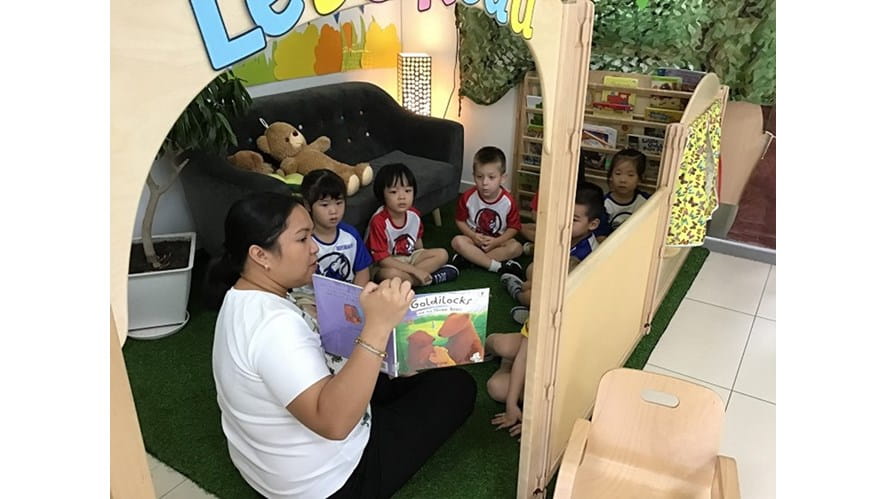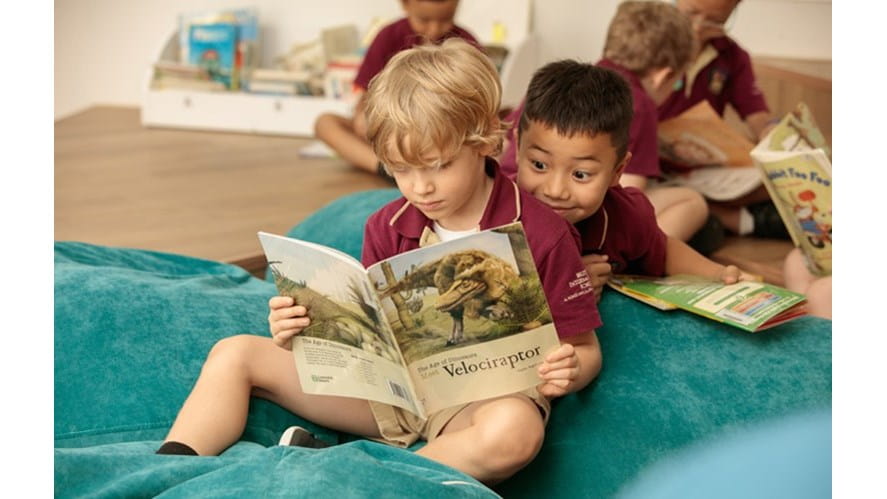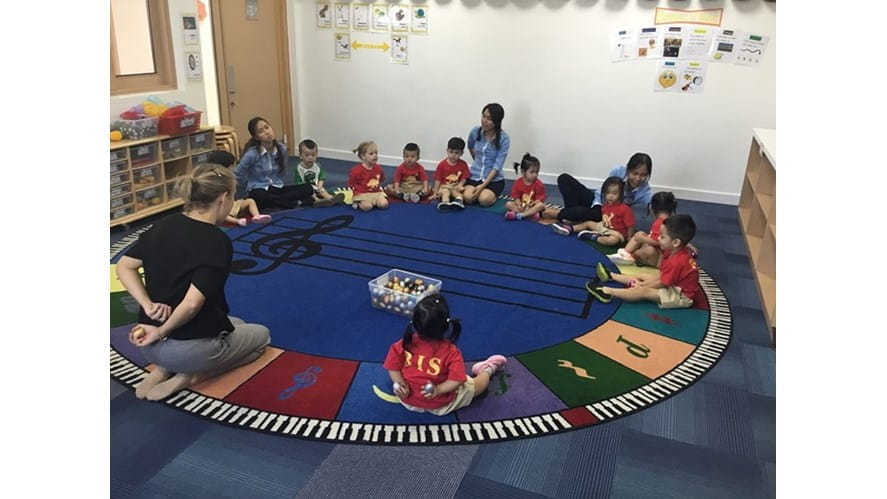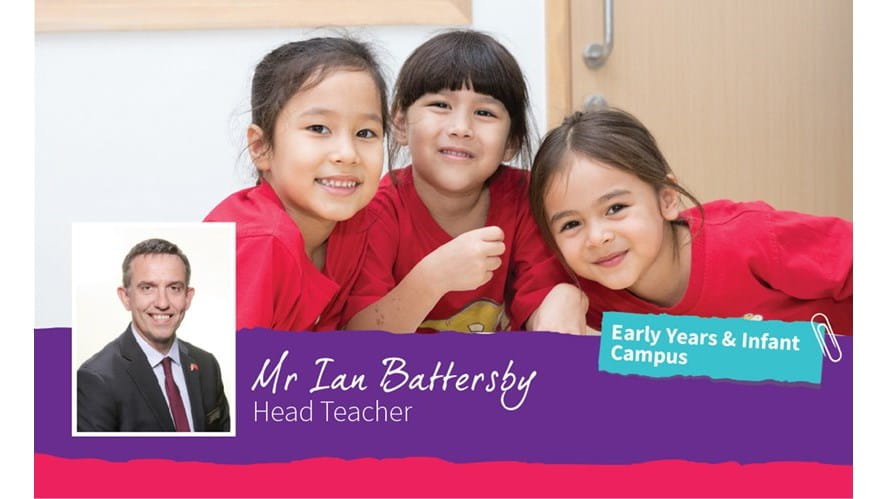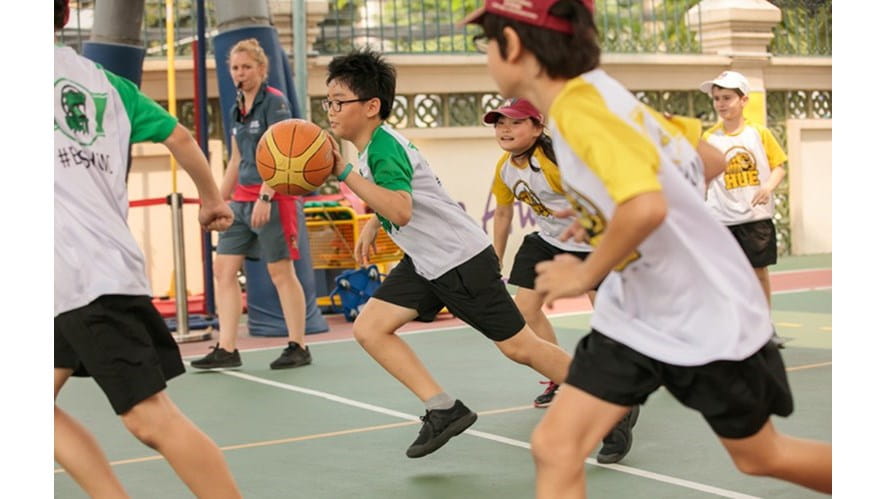Talk for Writing in F2
This week in F2 the children have all been submerged into their new Talk for Writing text, Goldilocks and the Three Bears.
This week in F2 the children have all been submerged into their new Talk for Writing text, Goldilocks and the Three Bears. Introducing all of their key texts through Talk for Writing has been a great success across F2 since the beginning of Term 1. Ms Jo Powell, F2 Year Leader explains more.
As an avid reader myself, I absolutely love to read stories to children. When I tell a story, I love to see all the children in front of me, watching their reactions and being able to interact with them instantly. With my hands‚ I can use gesture and body movements to convey many more feelings. Eye contact, facial expressions and tone of voice come more to the fore when children are looking at you and not pictures, giving everyone a completely different experience.
Stories have so much to offer: they develop listening and communication skills, improve concentration and memory, bring experiences alive, create a sense of wonder and help sequence events. They can also provide information, widen vocabulary and make important links between the spoken and written word, as well as stimulating an interest and enjoyment of books. This way of learning stories enables children to imitate orally the key language they need for a particular topic before they try reading it. Engaging activities help children first rehearse the tune of the language they need, and then analyse its ingredients. This is followed by Shared Writing to show them how to craft their own stories.
As we introduce a story in F2, we make sure we provide as many stimuli as possible, to help embed the story into the children’s everyday play. Story tuff trays filled with the characters and the main setting are set up in our ELC area, as well as providing story spoons, key vocabulary inside our classrooms in our reading corners. Character masks and as much real life resources as possible are added to role play areas, so children can really become the characters and bring their storytelling alive. We learn actions and create songs to help us remember key phrases before innovating our own stories, changing the characters and scenes. We live and breathe these stories over the weeks we are exploring them, watching the children’s confidence grow and their language develop is an amazing experience to be a part of.
Watch out in years to come, we definitely have some budding storytellers coming your way!
Ms Jo Powell, F2 Year Leader



